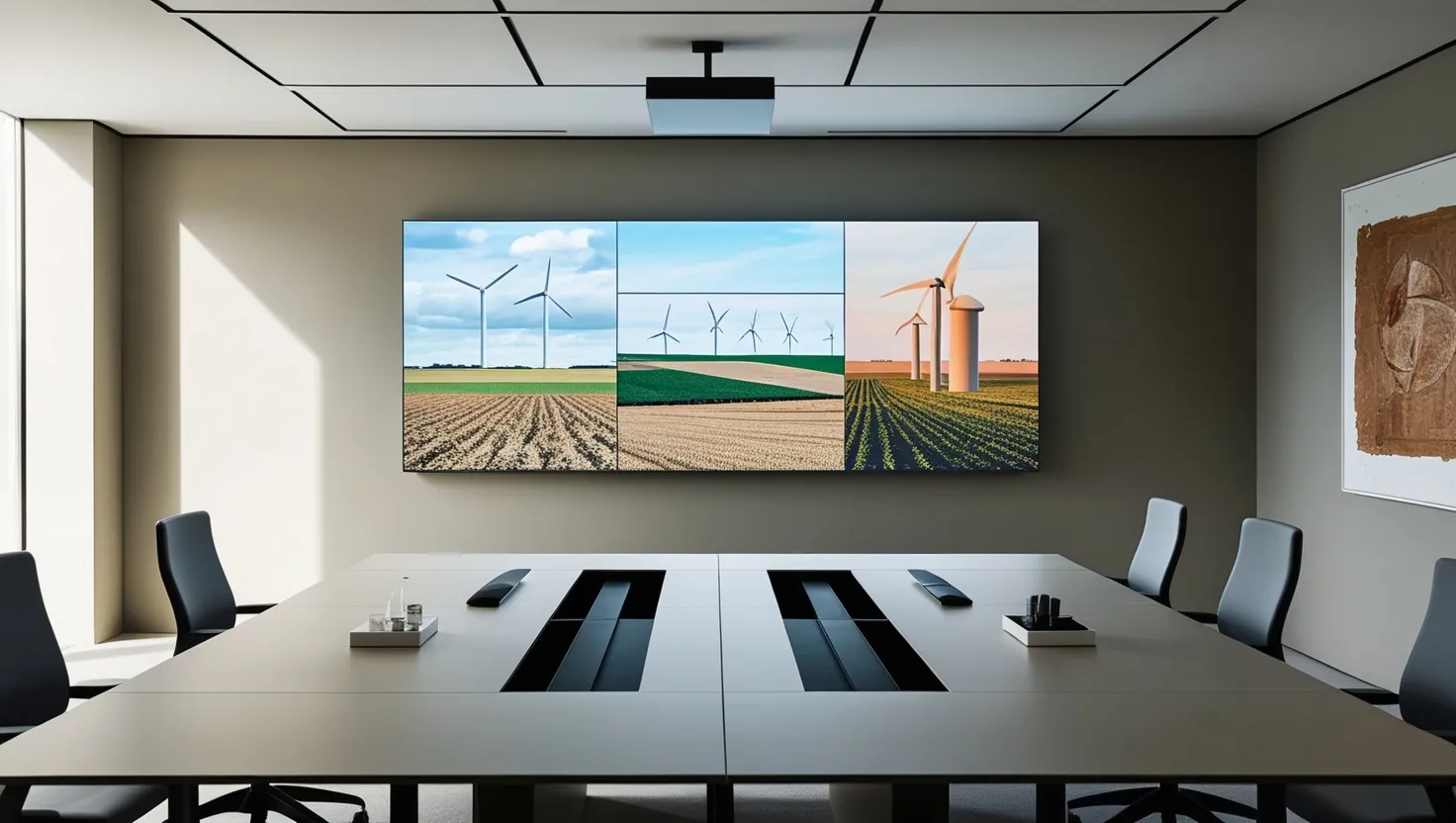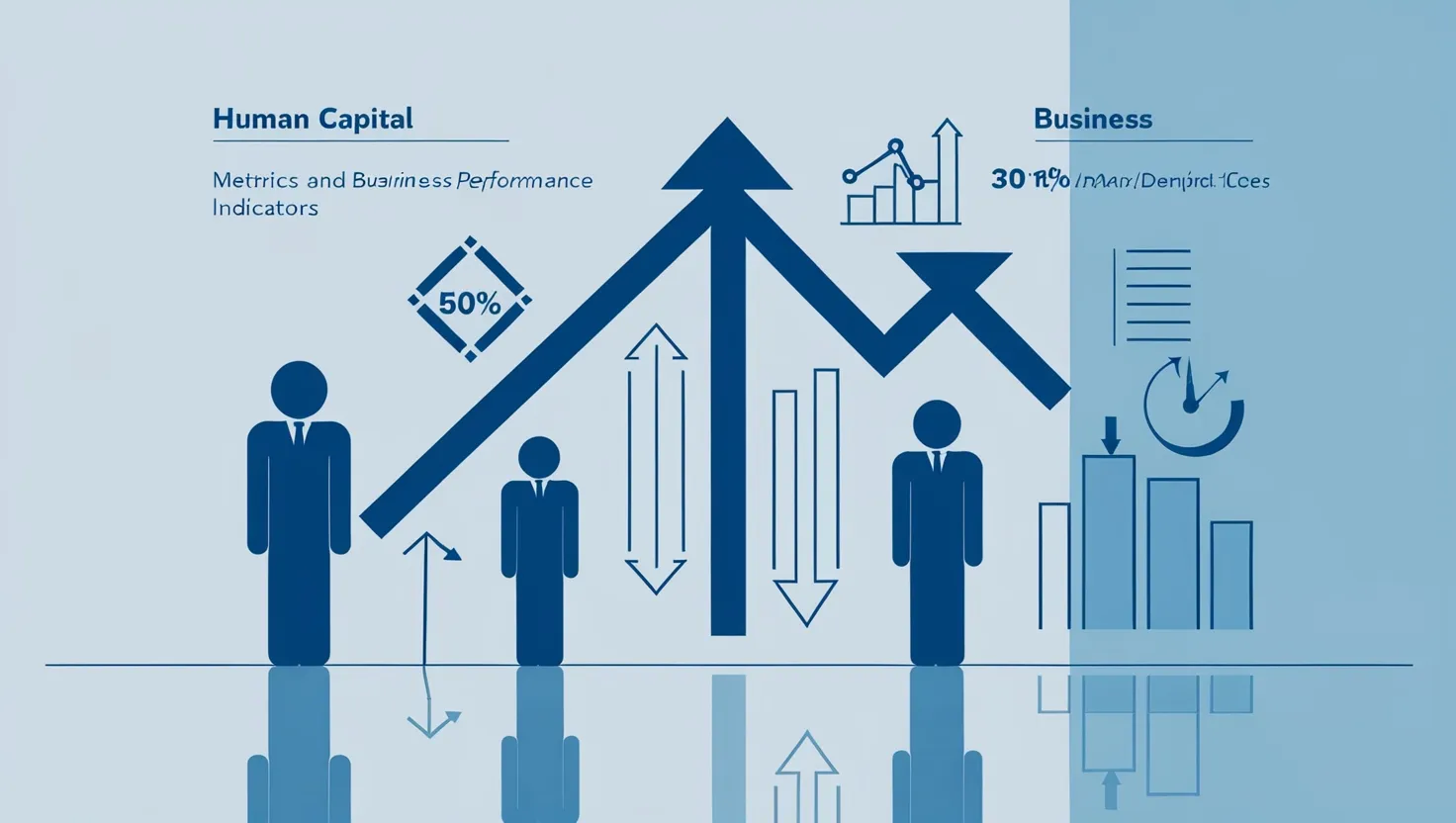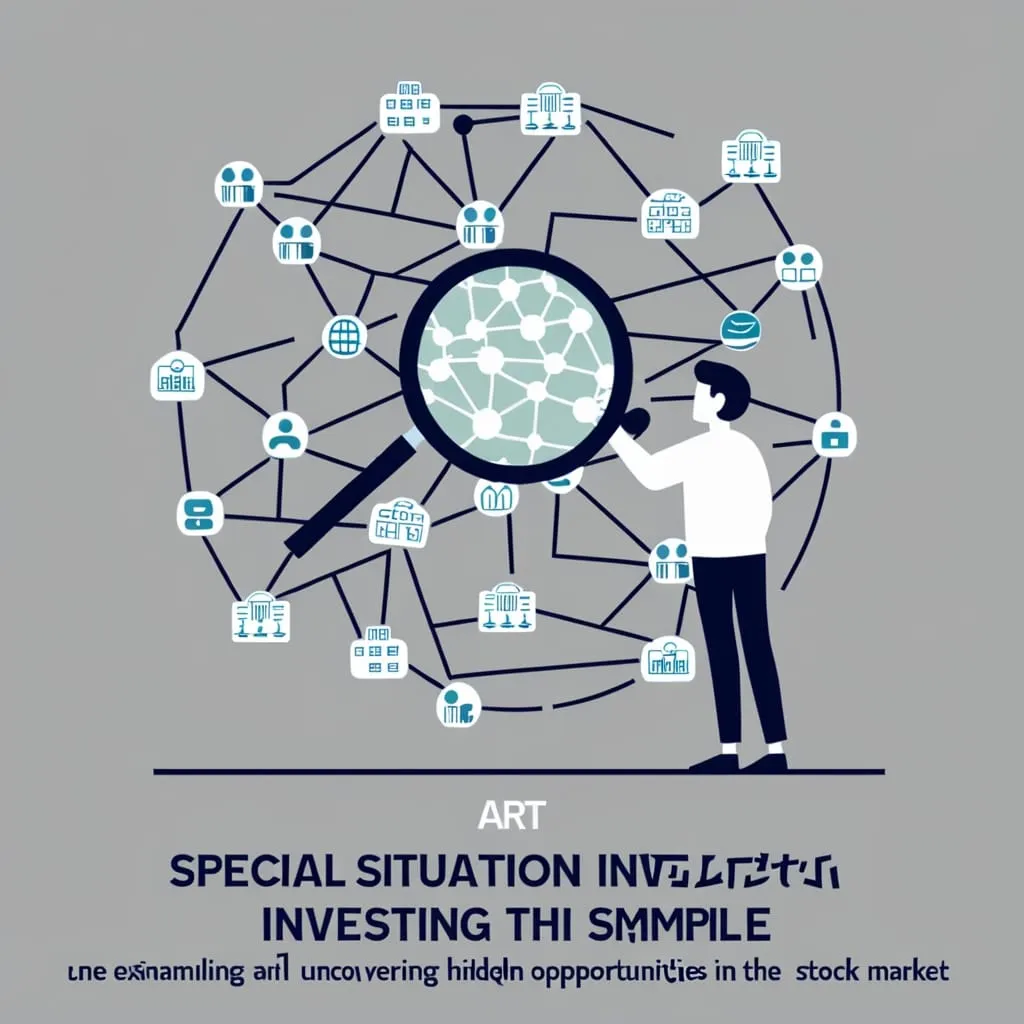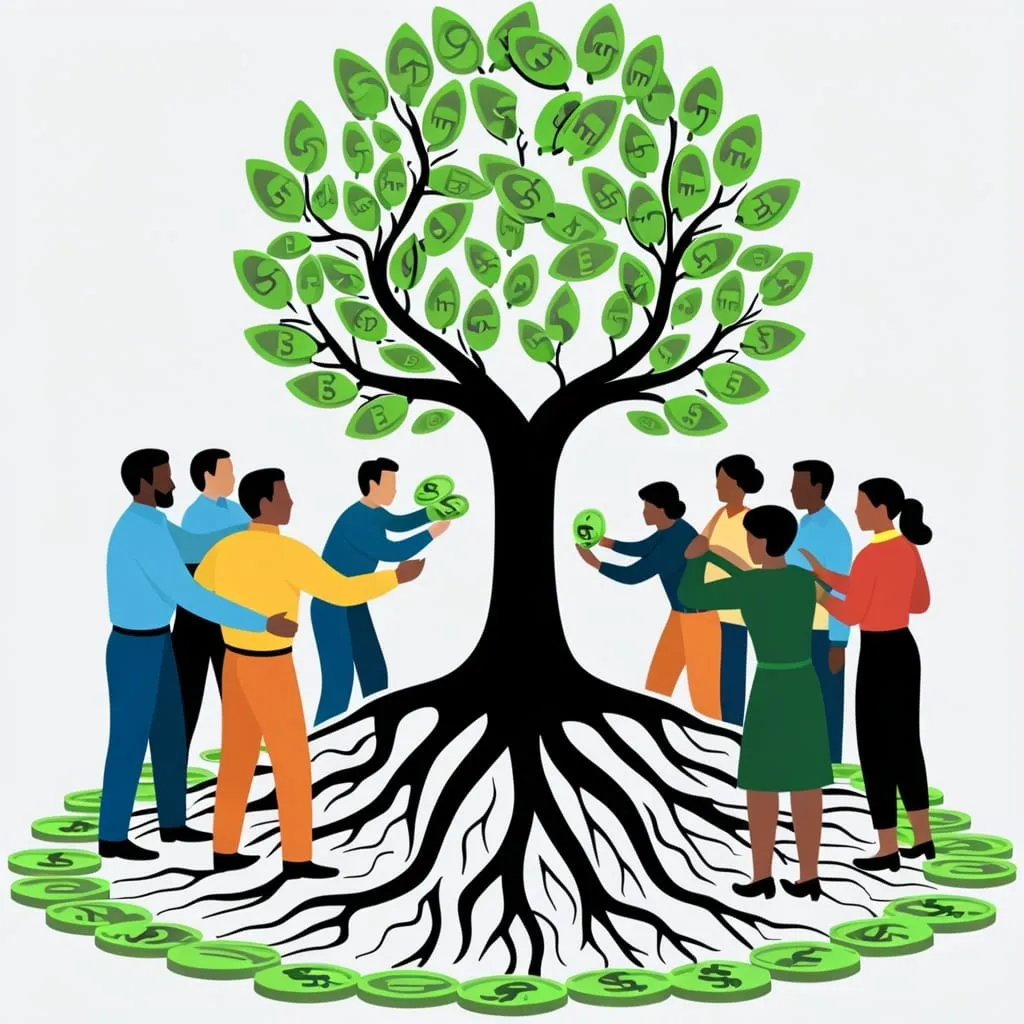As we venture into 2025, the alternative investment landscape is evolving rapidly, presenting intriguing opportunities for investors seeking to diversify their portfolios beyond traditional stocks and bonds. Four key trends are gaining significant momentum, reshaping how we approach wealth creation and risk management.
Farmland investment platforms have emerged as a compelling option, allowing investors to own fractional shares of productive agricultural land without the complexities of direct farm management. This democratization of farmland investing taps into the enduring value of arable land - a finite resource essential for food production. By leveraging technology and pooled capital, these platforms make it possible for retail investors to access an asset class historically dominated by large institutions and wealthy individuals.
I recently explored several leading farmland investment platforms and was impressed by their user-friendly interfaces and transparent reporting. Many offer curated portfolios of farms across diverse geographies and crop types, mitigating concentration risk. Returns typically come from a combination of crop revenue sharing and land appreciation, providing both income and growth potential.
“Agriculture is the most healthful, most useful and most noble employment of man.” - George Washington
While farmland has demonstrated resilience during economic downturns, it’s important to consider the illiquid nature of these investments and potential impacts of climate change on agricultural productivity. How might evolving weather patterns affect crop yields and land values in different regions? This is a crucial question for long-term farmland investors to ponder.
The art world is undergoing its own digital revolution through tokenization and the rise of digital collectibles. Blockchain technology enables the fractional ownership of high-value artworks, lowering barriers to entry for art investment. Meanwhile, digital artists are creating unique, verifiable assets in the form of non-fungible tokens (NFTs), opening up new avenues for collectors and speculators alike.
I find the intersection of art and technology fascinating, as it challenges traditional notions of ownership and value. The ability to own a small piece of a masterpiece or a limited edition digital creation resonates with a new generation of investors seeking both financial returns and cultural cachet.
However, the speculative nature of some corners of the digital art market warrants caution. As with any emerging asset class, thorough due diligence is essential. Are you investing in enduring artistic value or chasing fleeting trends? This is a critical distinction in the fast-moving world of digital collectibles.
Infrastructure debt funds focusing on renewable energy projects are gaining traction as governments and corporations worldwide commit to ambitious climate goals. These funds provide capital for the development and expansion of solar farms, wind turbines, and other clean energy initiatives. The appeal lies in the potential for steady, long-term cash flows backed by power purchase agreements and government incentives.
I’ve observed growing interest from institutional investors in this space, attracted by the combination of environmental impact and relatively predictable returns. The transition to renewable energy is a multi-decade megatrend, suggesting sustained demand for project financing.
“The Stone Age did not end for lack of stone, and the Oil Age will end long before the world runs out of oil.” - Sheikh Zaman Yamani
As we consider infrastructure debt funds, it’s worth contemplating the pace of technological change in the energy sector. How might breakthroughs in energy storage or emerging technologies like fusion power affect the long-term viability of today’s renewable projects?
Private credit opportunities, particularly in middle-market lending, have expanded significantly as banks face increased regulatory scrutiny and capital requirements. Private credit funds step in to provide financing to companies that may not have easy access to public markets or traditional bank loans. This trend has accelerated in recent years, with private credit strategies offering attractive yields in a low-interest-rate environment.
I’ve found that many investors appreciate the potential for higher returns compared to public fixed-income securities, along with the diversification benefits of exposure to a different segment of the corporate credit market. However, it’s crucial to understand the increased credit risk and reduced liquidity inherent in these investments.
When evaluating private credit opportunities, consider the fund manager’s track record and expertise in credit analysis. How well-equipped are they to navigate potential economic headwinds and manage defaults? The answer can significantly impact returns in this space.
As we explore these alternative investment trends, it’s important to consider how they fit within a broader portfolio strategy. While each offers unique benefits, they also come with distinct risk profiles and liquidity constraints. Careful consideration of your investment goals, risk tolerance, and time horizon is essential.
I’ve found that successful alternative investing often requires a more hands-on approach and a willingness to embrace complexity. The potential rewards can be significant, but so too are the risks of venturing into less familiar territory. Due diligence is paramount, as is a clear understanding of the underlying assets and investment structures.
“The individual investor should act consistently as an investor and not as a speculator.” - Benjamin Graham
This wisdom from the father of value investing applies equally to alternative investments. While these trends offer exciting possibilities, a disciplined, long-term approach remains crucial.
As we look ahead, several questions emerge: How will regulatory frameworks evolve to accommodate these new investment vehicles? What role will artificial intelligence and machine learning play in alternative asset management? And how might geopolitical shifts and technological disruptions reshape the landscape for these emerging trends?
The alternative investment space is dynamic and ever-changing, offering both challenges and opportunities for those willing to explore beyond conventional asset classes. By staying informed, asking probing questions, and maintaining a balanced perspective, investors can navigate this evolving landscape and potentially enhance their portfolio outcomes.
In conclusion, farmland platforms, art tokenization, renewable infrastructure debt, and private credit represent just a few of the alternative investment trends gaining momentum. As with any investment decision, thorough research and professional guidance are invaluable. The world of alternative investments is vast and varied, offering a rich tapestry of options for those seeking to diversify their portfolios and access unique sources of return.
What alternative investment trends have caught your attention? How do you see these evolving in the coming years? The conversation around alternative investments is ongoing, and your perspective adds valuable insight to this dynamic field.






